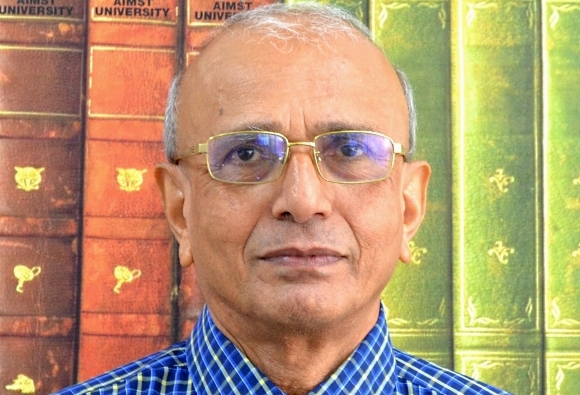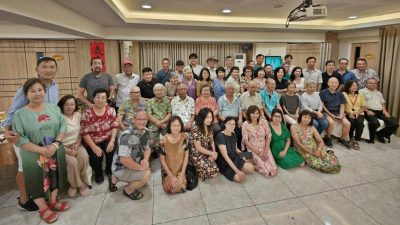By Professor Dr Krishnan Rajam

July 25 was the World Drowning Prevention Day.
Many of us are unaware of the hidden dangers of the ubiquitous water.
Essentially, our own homes pose a risk to toddlers and all bodies of water are potential sites of drowning for all, especially children and young adults. Between 500 to 700 deaths occur annually in Malaysia with about 40% occurring to children below 18 years of age.
WHO has recently published the Regional Report on Drowning in the Western Pacific Region in conjunction with the World Drowning Prevention Day. It takes stock of where countries are with respect to drowning prevention.
Where does Malaysia stand? I summarize the situation as reported from Malaysia together with my comments.
We have a Water Activity Safety Council in the Ministry of Housing and Local Government since 2016 with representation from all relevant agencies both governmental and non-governmental.
The Council serves mainly as an advisory body and a coordination mechanism for intersectoral activities.
It has developed a meticulous five-year plan with activities ranging from educational (mainly), enhanced enforcement, environmental modification and other related activities.
Currently, the Fire and Rescue Department in the same ministry rightly bears the major brunt of the educational activities. However, the enforcement and environmental (engineering) interventions depend on the are priorities and resources at the local level i.e. individual municipalities, pool owners (mainly hotels), beach patrol by community groups, training of life savers and many other groups.
Lack of both "official" and public awareness of drowning risk assessment and management, compounded by lack of resources, pose major stumbling blocks to effective drowning prevention in Malaysia.
I draw a parallel with the National Road Safety Council which was set up with a similar structure and mechanisms in the Ministry of Transport.
Many of the activities of the Road Safety Council were taken over by the Road Safety Department, which has now been integrated with the Road Transport Department for reasons of efficiency.
My open advice to the Water Activity Safety Council is to learn from the follies of the Road Safety Council and to focus on activities at the local level by state governments.
Detailed data on drowning should be collected at the local level by a single agency and disseminated in a timely manner to relevant stakeholders for purposes of interventions.
With impending increased activities in the tourism sector when our economy reopens soon, the risk of drowning will reemerge.
We should ever be vigilant of this silent killer of our young.
(Senior Professor Dr Krishnan Rajam, Faculty of Medicine, AIMST University. He is the Co-Chair, Committee on Data and Research, Water Activity Safety Council, and former Technical Officer (Injury Prevention), Western Pacific Region, World Health Organization.)
ADVERTISEMENT
ADVERTISEMENT


































